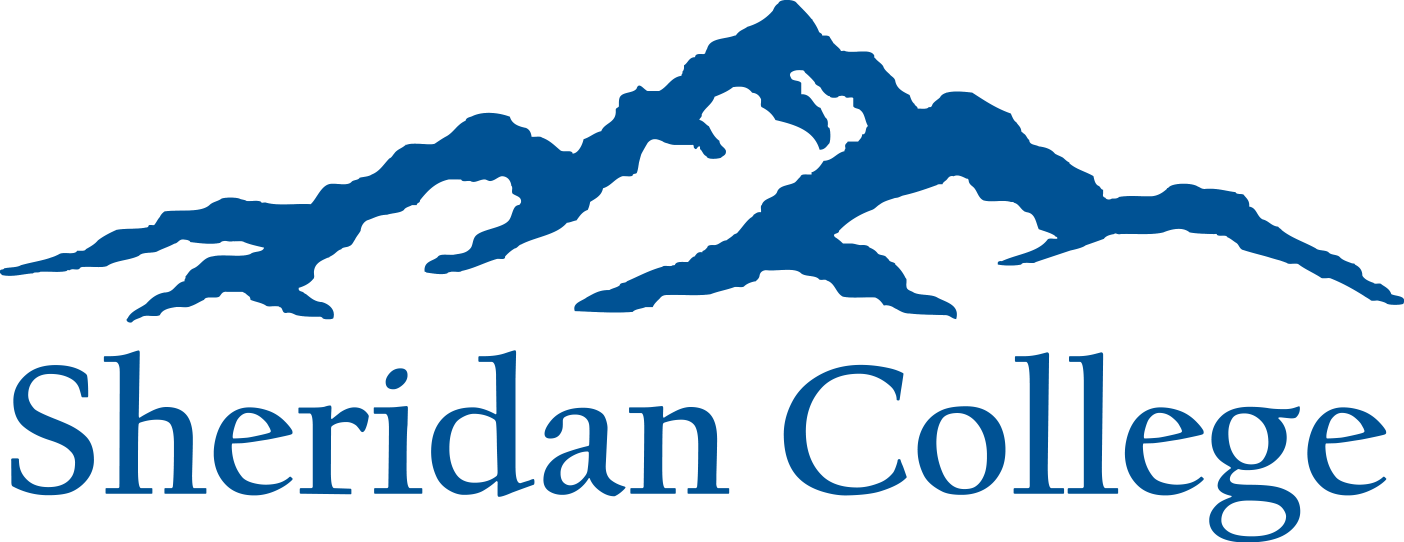Explore Grants
Check your eligibility and apply for grants to pay for college. Find below available grants:
Federal Grants
The Pell Grant is a form of financial aid made available to undergraduate students demonstrating financial need. Information provided on a student’s Free Application for Federal Student Aid (FAFSA) form and a calculated Student Aid Index (SAI) determines eligibility for a Pell Grant. The grant can assist with paying college expenses included in a student’s Cost of Attendance. Unlike a loan, a Pell Grant does not need to be repaid. Learn more about the Pell Grant.
FSEOG is another form of financial aid offered to undergraduate students. It is awarded to students with the greatest financial need. Funding is limited. The maximum full-time FSEOG award at NWCCD is $500 per academic year, which is prorated based on actual enrollment status. Learn more about FSEOG.
The FAFSA Simplification Act changed eligibility for what was formerly called Iraq and Afghanistan Service Grants (IASG) and Children of Fallen Heroes (CFH) award programs. Beginning with the 2024-2025 FAFSA year, students who meet the following eligibility requirements will be eligible:
- The child of a parent or guardian who died in the line of duty while (a) serving on active duty as a member of the Armed Forces on or after September 11, 2001; or (b) actively serving as and performing the duties of a public safety officer; and
- Less than 33 years old as of the January 1 prior to the award year for which the applicant is applying (e.g., for the 2024-25 award year, a student must be less than 33 years old as of January 1, 2024, to be eligible).
The student will receive the maximum Pell Grant award, regardless of their calculated SAI.
NWCCD’s financial aid staff must determine and document, in collaboration with the student, the student’s eligibility. Please contact the Financial Aid Office for more information.
Institutional Grants
The Northern Wyoming Community College District (NWCCD) offers tuition assistance to employees and their eligible family members. The award is applied to each eligible term and is based on several criteria as well as availability of funding. Employees or eligible family members wishing to review additional criteria can access the form in the Financial Aid page of the NWCCD Hub, or stop by the Financial Aid Office. The completed application must be signed by the Human Resources Office and submitted to the Financial Aid Office for processing.
The Golden Age Grant is available to students who are age 60 or above on or before the first day of the semester of enrollment. The grant will cover 50% of tuition charges only (fees are not included). Any remaining balance is the student’s responsibility and must be paid by the payment deadline. 50% of tuition charges will be automatically credited by the financial aid office; no form or application is required to receive the credit.
State Grants
The Wyoming Investment in Nursing Program is available to Wyoming residents (or students who graduated from a Wyoming high school) who have been accepted into our Nursing Program and plan to practice as a nurse or nurse educator in Wyoming after graduation. This loan may be treated as a grant and repaid by the State of Wyoming if you agree to work full-time as a nurse within the state of Wyoming for a certain amount of time.
Students who apply for WYIN must complete their FAFSA prior to being considered for the loan. The FAFSA application must be received by the school by July 1. Funds are limited, consideration is given to students who have the greatest unmet financial need, submitted their application and self-certification by the posted deadline, and have a completed FAFSA application on file at NWCCD.

